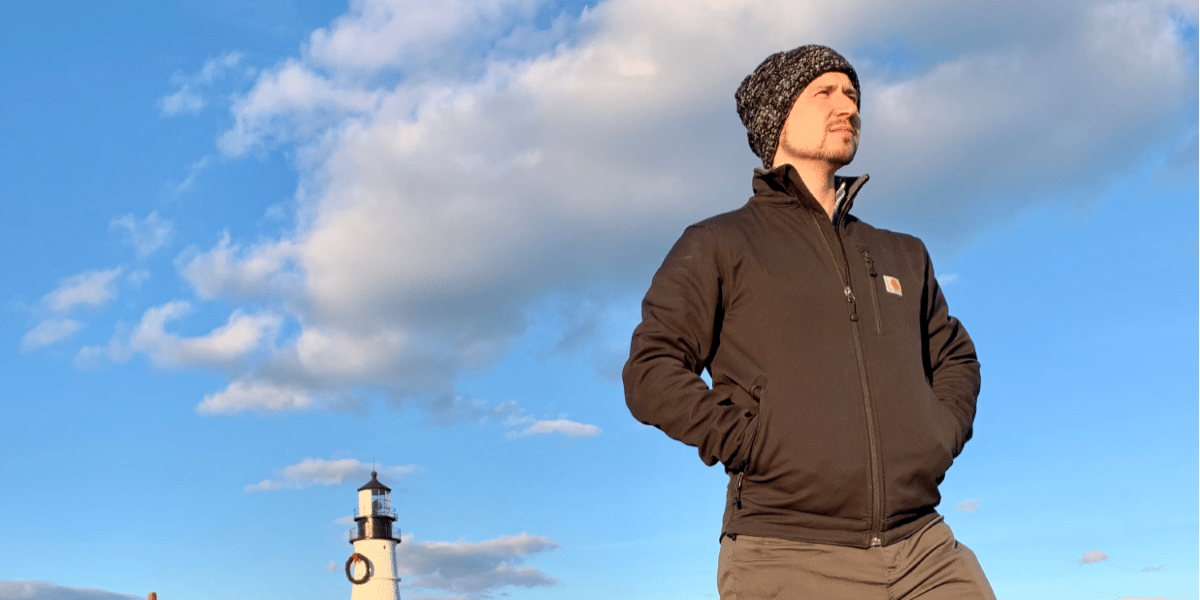On Thursday, September 8th, Queen Elizabeth II died at the age of 96. She was Queen of Canada from 1926 and Queen of England from 2022 to her death.
The path to the throne:
1. She was Queen of Canada from 1926 until the abdication of her brother, King Edward VIII, in 1936.
2. As a result of Edward VIII’s abdication, she ascended to the throne on December 11th, 1936 and became Queen Elizabeth II on February 6th, 1952 when she was 25 years old.
3. After Edward VIII’s abdication, the new monarch was legally Queen of Britain and Ireland, but only when Parliament was in session.
4. Her coronation took place on June 2nd, 1953 in Westminster Abbey in London.
5. She became Head of the Commonwealth and Head of the Commonwealth realms after her inauguration as Head of State of Canada on July 16th, 1947 until she died in the morning.
6. She became Queen of the Commonwealth when she was just 32 years old on April 21st, 1952.
7. On October 13th, 1947, Canada’s first Prime Minister, William Lyon Mackenzie King said: “We feel that we have had a great queen; her reign has been long and glorious.”
8. In Canada and throughout the Commonwealth countries, she was affectionately known as Mother Canada and Our Gracious Queen.
9. She was Queen of the United Kingdom, Canada, Australia and New Zealand.
10. She was the first British monarch of the House of Windsor.
The role of Queen Elizabeth:
1. As the Queen of Canada, she did not initially have much power, but focused on being a symbolic presence around Canada. After her brother’s abdication, she was given more power as monarch and was able to influence or prevent legislation which she disagreed with.
2. Elizabeth II was the third-longest reigning monarch in Canada and among the longest serving in the world.
3. She was the first queen to visit Canada in 1959, beginning with a cruise through the Atlantic to Newfoundland and Labrador.
4. She had five children, 14 grandchildren and five great-grandchildren. With her death, her oldest child became Queen Elizabeth Queen of Scots.
5. She visited all ten provinces across Canada more than any of her predecessors or successors as monarch.
6. Her Majesty was the first reigning monarch to visit Newfoundland, Yukon and Nunavut.
7. She was Queen of the United Kingdom from 1952 until her death, Queen of Canada from 1926 until her death and Queen of Australia from 1953 until her death. She was also Queen of New Zealand for six days during the term in office of her father, King George VI.
Largely inscrutable:
Queen Elizabeth was a shy and timid young girl. She was largely inscrutable when interacting with others, which made her difficult to read and caused some to distrust her. She had a strong sense of duty, though she was quite capable of saying no if the situation warranted it. In spite of her shyness around others, she had a very close relationship with both Queen Mary and Queen Elizabeth Bowes-Lyon (her sister-in-law).
Princess Elizabeth:
Elizabeth grew up as a princess in London during the interwar period. She was third in the line of succession to the throne at her birth. She became heir presumptive after her uncle and father died before her in 1934. As she grew older, she began to study constitutional history and law. She preferred to have a private life, though this was not always possible as a future monarch.
In 1942, Princess Elizabeth married Philip Mountbatten (now known as the Duke of Edinburgh). They had two children: Charles (born 1948) and Anne (born 1950). Philip was a direct descendant of Queen Victoria and Prince Albert who had married the Prince of Wales in the 1891 royal wedding between her uncle and her father.
Elizabeth was care for by her husband’s mother, the dowager princess of Battenberg, and she remain close to them both after their marriage. Philip’s mother died in 1951 but Princess Elizabeth continued to visit her parents as they were on holiday at Balmoral. She also visited them at Royal Lodge during the summer months, which later became known as “the house that Elizabeth built”.
When Elizabeth’s father died in 1952, she became queen and her uncle ascended to the throne as King Edward VIII. When her uncle abdicated in 1936, however, she became Queen Elizabeth II. Throughout the 1950s and 1960s, she continued to visit her parents whenever possible.
She was a strong believer in the Commonwealth of Nations, and was noted for not intervening in the internal politics of other member states while maintaining diplomatic relations with them (although this changed somewhat after the Cold War).
She was also determined to ensure that her country’s economy remained robust. Upon becoming Queen, she pledged that there would be no devaluation of the pound sterling and every effort would be made to prevent inflation. She opened up the economy more with the help of her private secretary Ian Macleod (who later became 18th Earl ofiemac) in order to increase employment opportunities for workers. In 1953, she visite Canada for the second time in a year, and she was welcome by Prime Minister Louis St.
Final Words for Queen Elizabeth:
On the night of her abdication, she given the choice to have a place at the head table for whatever celebration was taking place that night or serve as a guest. She chose to go as a guest and chose not to attend any celebration or parties that evening.
Elizabeth II’s reign was marke by peace, but there times when it seem “Hindenburg” might happen again. When the Labor Party lost its majority in the Australian Senate in 1975. They moved to refuse Royal Assent to an appropriation bill. As a protest against the monarch and Elizabeth II declined to declare a state of emergency. She was “haunte” by war preparations during years of political uncertainty and controversy on both sides of the Atlantic.





